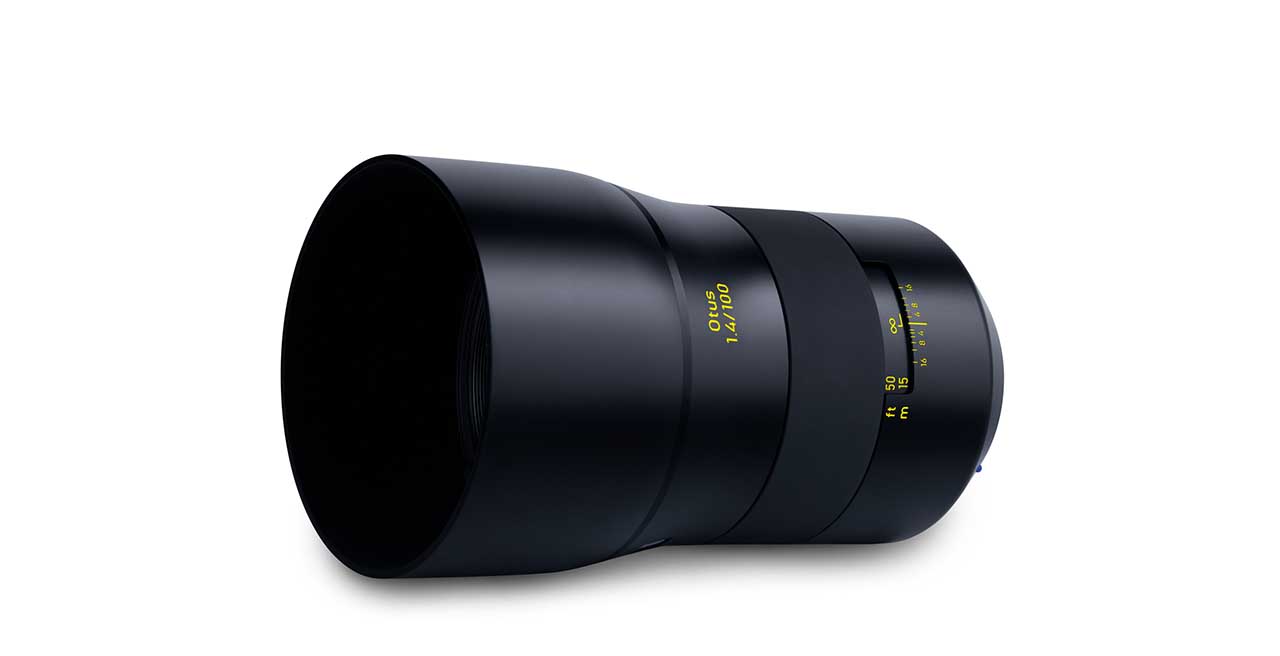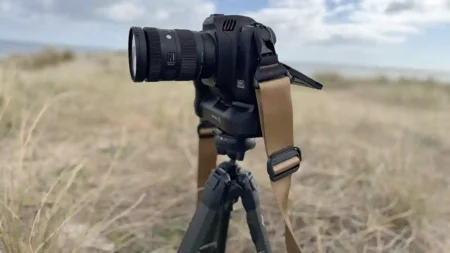Available in either a Canon EF or Nikon F mount, the Zeiss Otus 100mm f/1.4 lens is a manual focus optic which is aimed at portrait photographers. Although primarily designed for DSLR cameras, you could also use it with mirrorless cameras such as the Nikon Z 7 or the Canon EOS R via an adapter.
When it was launched, Zeiss claimed that the lens was one of the best in its class, capable of producing extremely sharp images and boasting outstanding build quality. Zeiss goes so far as to say that medium-format quality images are capable of being produced by the lens.
Like the vast majority of Zeiss lenses, the Otus 100mm f/1.4 is very expensive. At the time of writing, it costs around £3,499. When you compare it to other similar models, such as the Nikon 105mm f/1.4E ED AF-S lens, which is currently on sale for around £2,000 or the Sigma 105mm f/1.4 Art lens, which retails for around £1,500 (and are both autofocus lenses), it’s a costly proposition – but is it worth the extra outlay?
Construction
The Otus 100mm f/1.4 lens is a very large and heavy lens, incorporating aspheric lenses and special glass which is designed to produce minimal distortion and aberrations. It is constructed of 14 lens elements in 11 groups, while T* anti-reflective coating is there to keep reflections from becoming a problem.
For this review, I’ve been using a Nikon ZF.2 mount version of the lens. The Canon EF mount lens is almost the same, but is slightly heavier (1405g, vs 1336g for the Nikon version).
This is a manual focusing lens, with the closest focusing distance being one metre. The maximum magnification is 1:8.6 at this distance. In the box comes a metal lens hood which you can reverse and slip over the lens when not in use and for transportation.
Build and Handling
Using a lens like this takes some getting used to, particularly if you have not worked with manual focus lenses all too often before.
The all-metal construction feels like it could withstand some heavy duty usage, but thanks to its weight you will need a steady hand. If you’re working with a camera like the Nikon D850, which doesn’t have image stabilisation built in, it’s a good idea to keep to reasonably fast shutter speeds of more than 1/200 second for the best and sharpest results.
An aperture ring is found around the base of the Nikon mount version of the lens. When shooting with cameras like the D850, you’ll need to activate the use of the aperture ring in the custom settings menu (under customise command dials), before you can use it – otherwise you can just use the scrolling dials on the camera itself. If you want to use the lens via a Z7 or Z6 via an F mount adapter, you won’t be able to use the aperture ring to adjust aperture.
There’s a focusing ring around the centre of the lens. With hard stops at either end of the focusing ring, it’s easy to quickly realise when you are at the closest focusing distance of the lens, and there’s just the right amount of give in the ring itself to make precision focusing easier.
Working with a lens like this through an optical viewfinder isn’t easy, and you might rely on luck more than judgement to get shots in focus. It can be helpful to mount your camera on a tripod and activate Live View so you can expand the view of the scene, and use tools like focus peaking to assist you. In many ways, using a lens like this makes more sense on a mirrorless camera where such features can be displayed in the viewfinder, too – cameras like the Z7 also have in-built stabilisation which comes in useful too.
It’s most important to nail the focus when shooting at the widest apertures, such as f/1.4 or f/1.8. Missing the focus at such a wide aperture can be really obvious, but you’ll have a little bit more leeway if you stop down to f/5.6 or f/8 (but you won’t enjoy all the benefits of shooting wide open, such as a nicely blurred background).
Performance
If you can get the focusing spot on with a lens like this, the images are nothing short of superb. There’s fantastic, class-leading sharpness and bokeh which is extremely pleasing. It’s easy to see why portrait photographers would benefit from a lens like this – especially if you’re working with a professional model who is very good at keeping still.
It’s also a lens that you can get nicely creative with too. Throwing large areas out of focus and working with the beautiful bokeh that the lens is capable of leads to some very interesting results in a variety of different situations. It’s well-suited to portraiture, but fine-art subjects such as flowers are also a good option for a lens like this.
Using a lens like this forces you to think about and approach your photography differently. That’s not necessarily a bad thing, but it can be frustrating for those who are used to the benefits of autofocusing. It’s a lens to use when you have the time to slow down and really consider each and every shot.
Flare, chromatic aberration, unwanted reflections and distortion are all kept to the absolute minimum with this lens, indeed I found it hard to find any particularly obvious examples of any problems at all.
Zeiss Otus 100mm f/1.4 Sample Photos
Below is a selection of sample photos shot with the Zeiss Otus 100mm f/1.4mm during the course of our review.





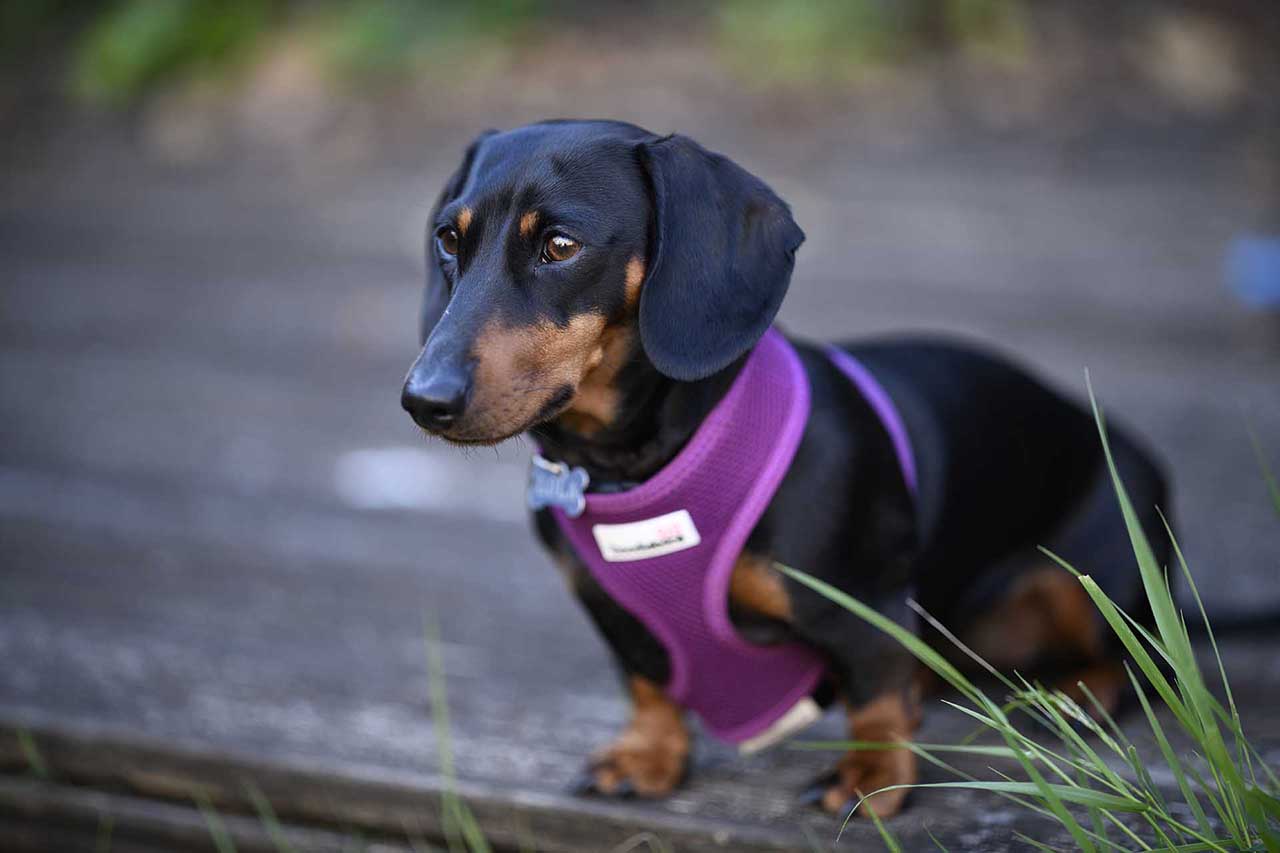
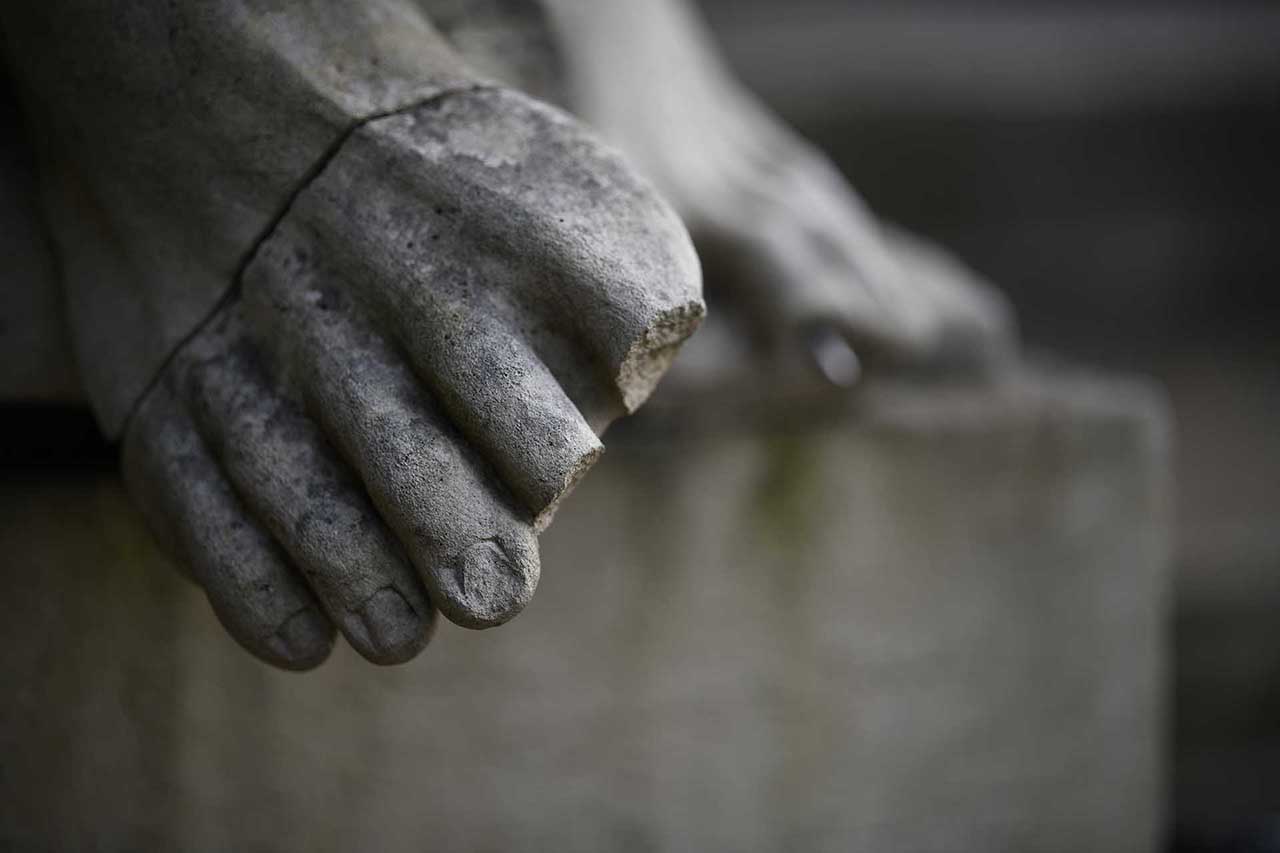
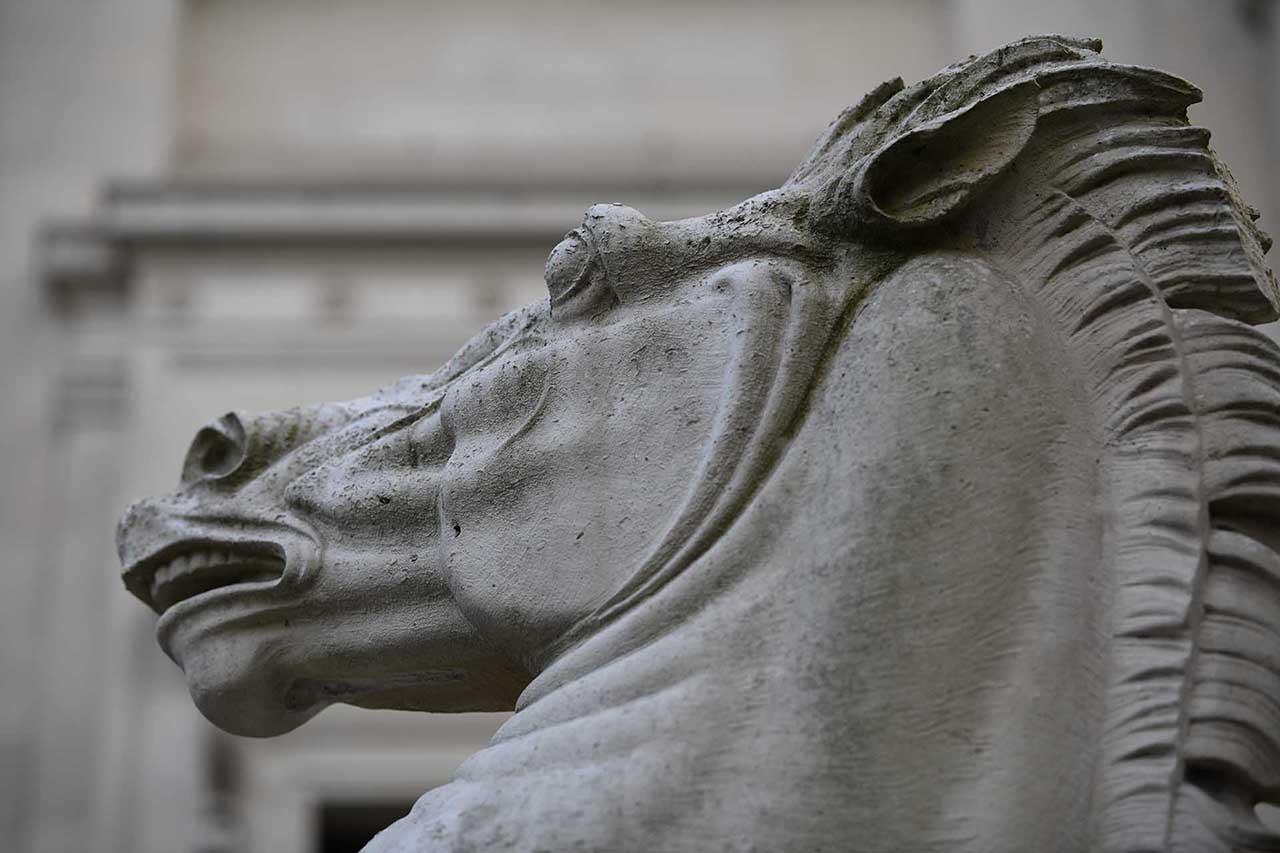

Verdict
This is a lens that is unlikely to sell in huge quantities, appealing to a fairly narrow subset of photographers. But, for those that have the money to spend on a lens like this, it performs exceptionally well.
It’s large, it weighs a tonne, and frankly, using manual focus is a pain that often feels unnecessary when autofocus is so accurate with modern cameras and lenses.
However, even with all that said, there’s something beguiling about the images that the Otus 100mm f/1.4 lens is capable of producing. Yes, sharpness is superb – but realistically unless you’re doing some extreme pixel peeping or printing your photos to fit the side of a bus – you won’t spot enough of a difference between this and similar focal length lenses from Nikon or Sigma at most ordinary sizes. For me, where it really appeals is with the gorgeous bokeh that is simply stunning.
If £3,500 is too much to spend on a single lens – and let’s face it, it’s going to be for most ordinary photographers – it’s a good one to consider renting, giving you the experience of a special lens for a particular shoot without the astronomical price tag.
